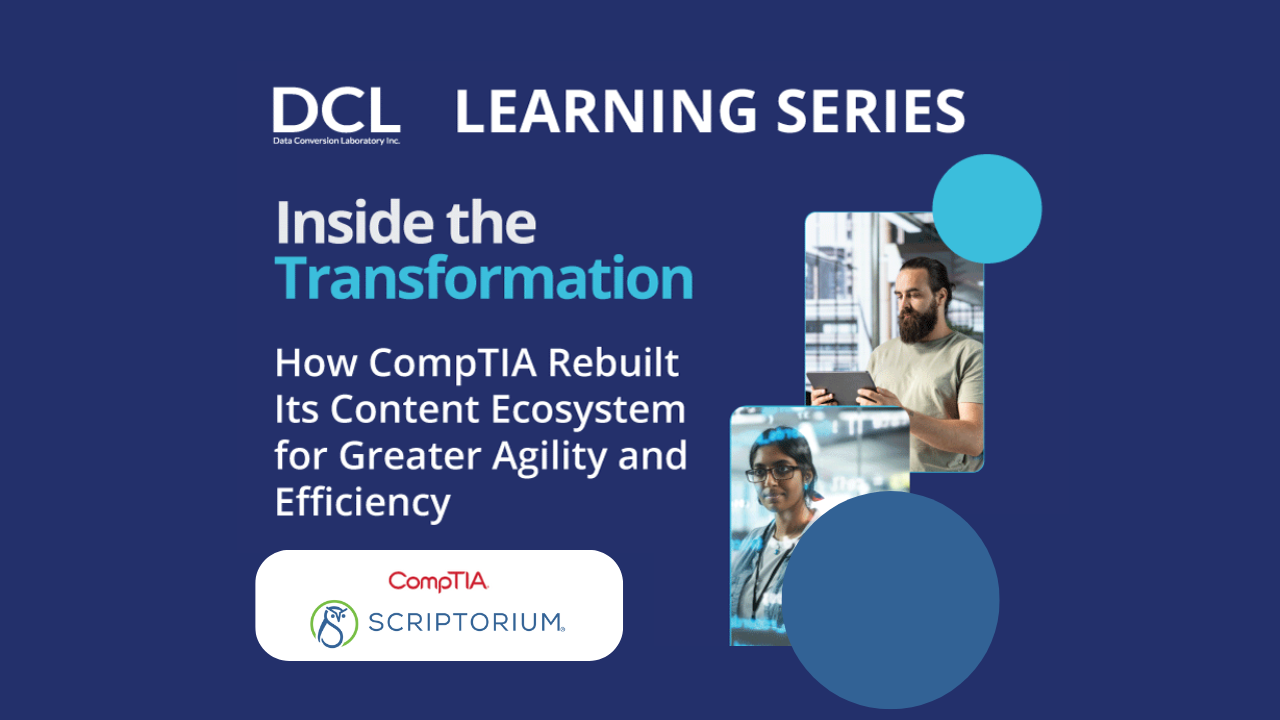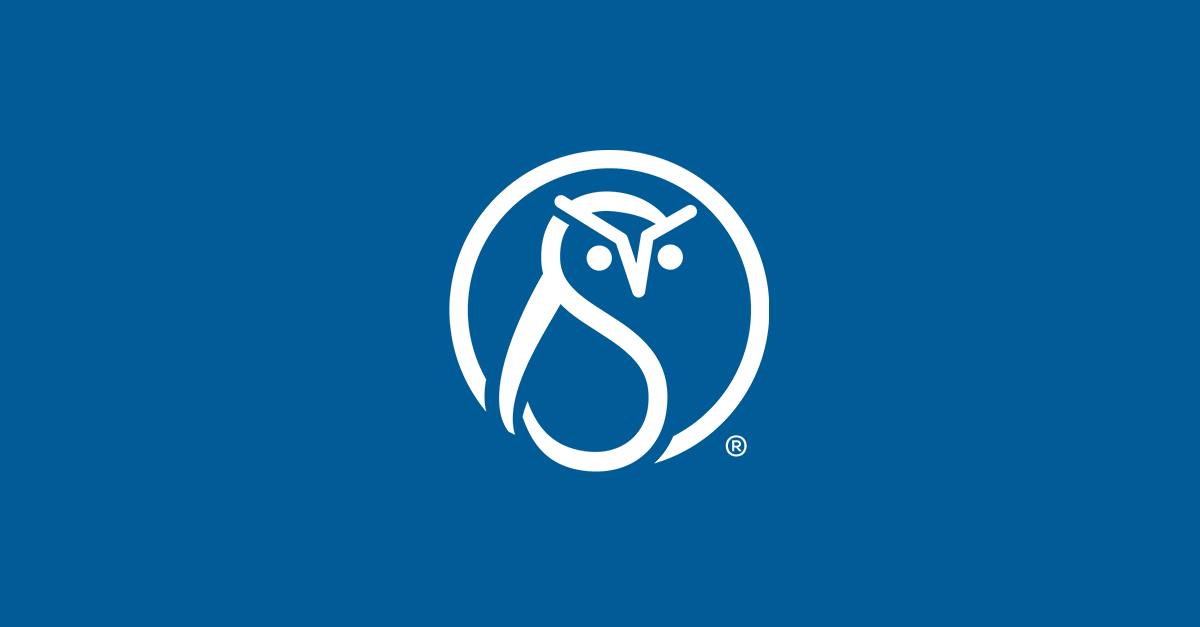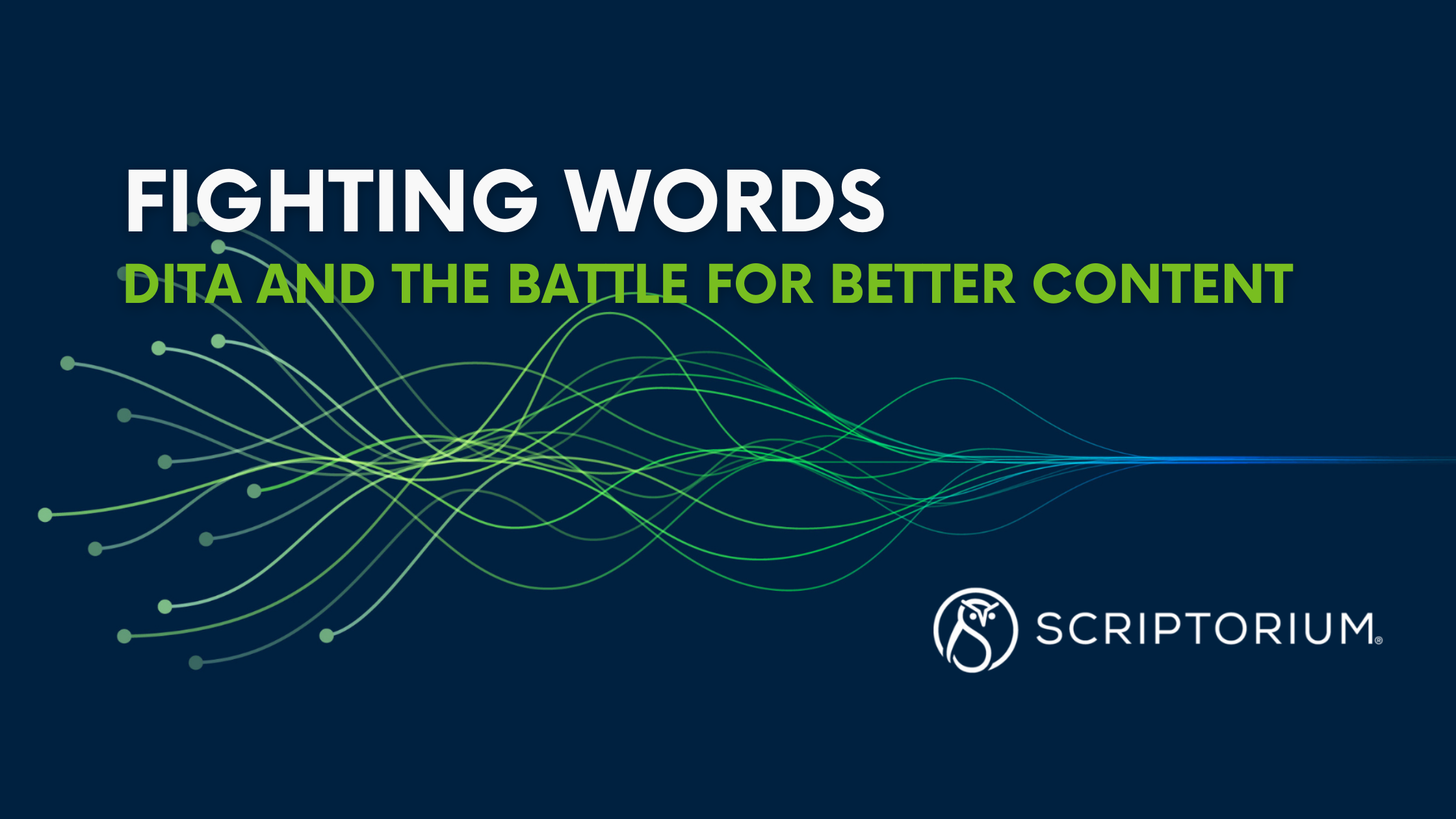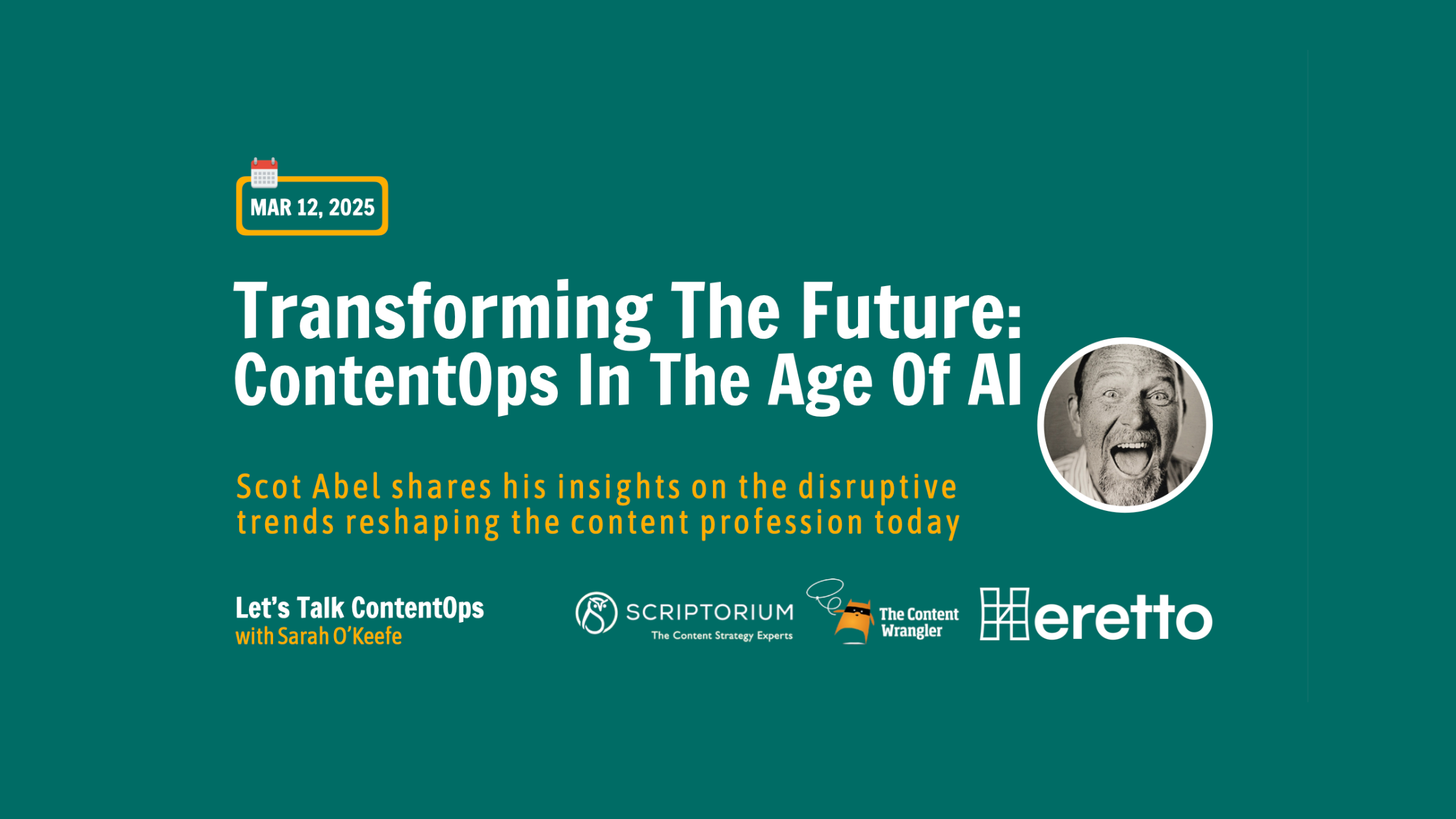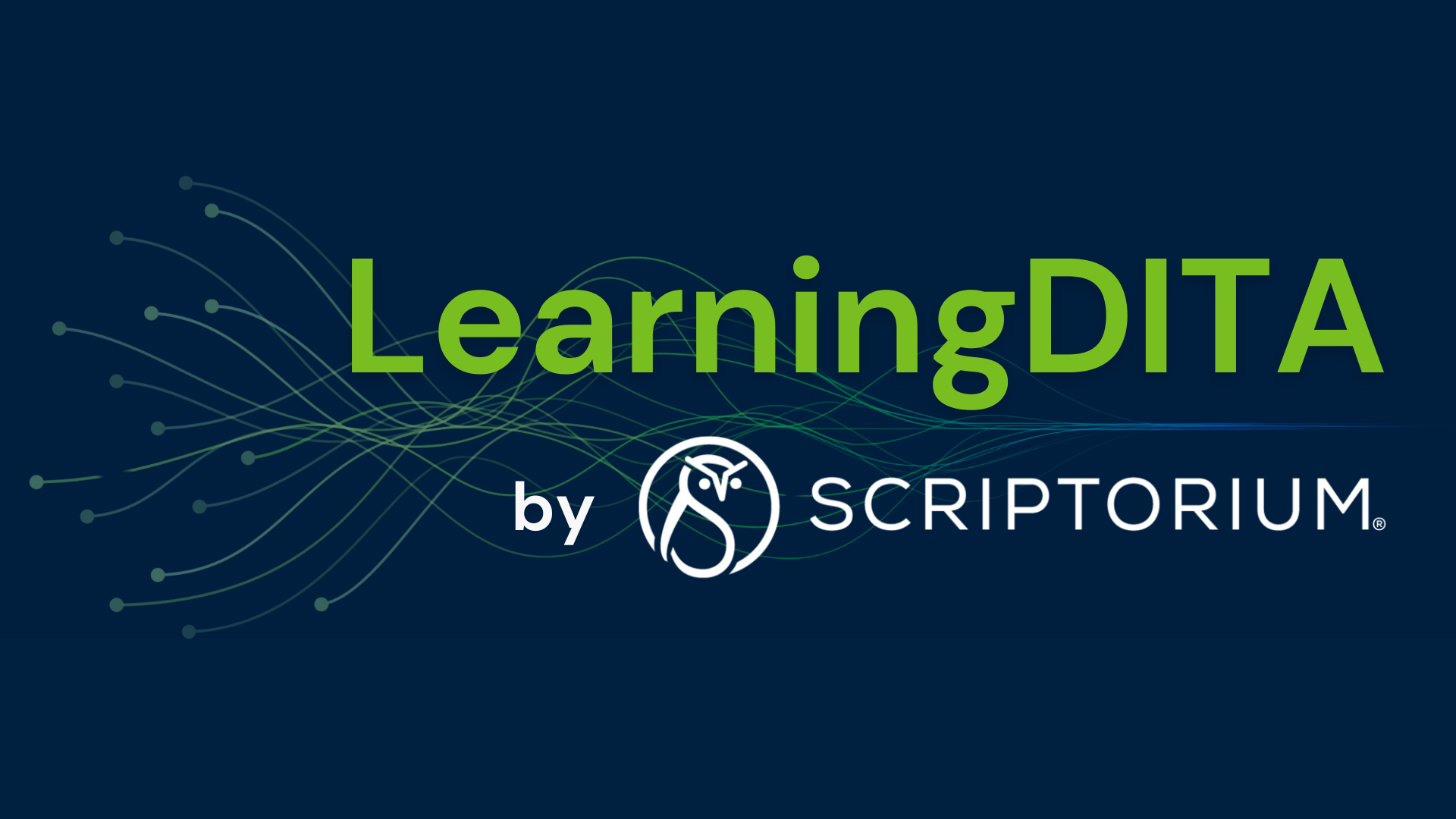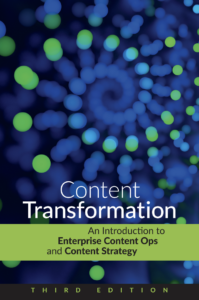How CompTIA rebuilt its content ecosystem for greater agility and efficiency (webinar)
After an acquisition, CompTIA faced the challenge of unifying multiple content systems, editorial teams, and delivery formats. To tackle this, they implemented a centralized, structured content model supported by a robust content management system. This webinar details how CompTIA overhauled its content operations from strategy through implementation without a pause in production.
Now we’re going to start seeing the true benefits of working in DITA, which is what I’m most excited about. We can maintain our content easily and focus on where things are changing versus converting, rearranging, or recopying content. I’m excited to see how our efficiencies gain as we move into our refresh cycle.
— Becky Mann

